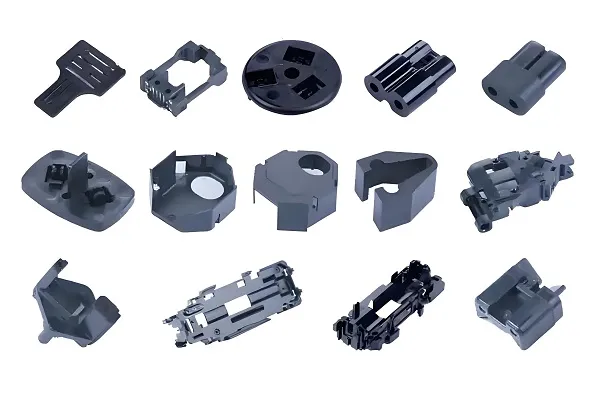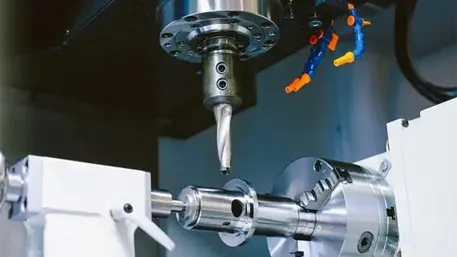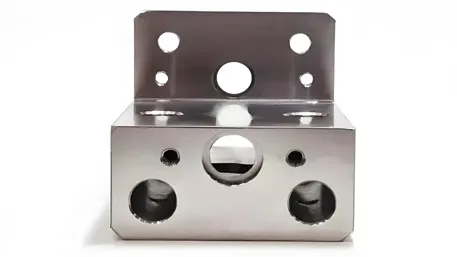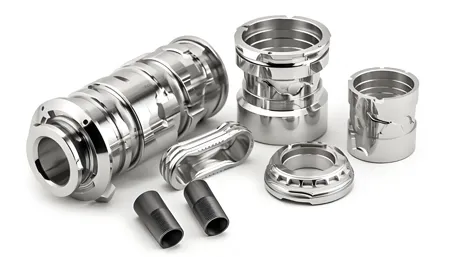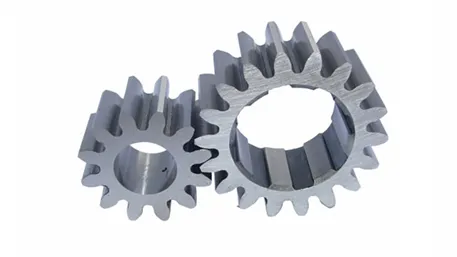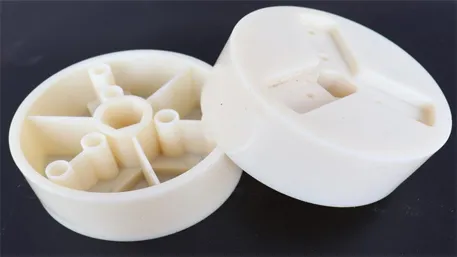In modern manufacturing, CNC milling parts have become an indispensable and important component. CNC milling technology, with its high precision, high efficiency, and complex shape processing capabilities, provides high-quality component solutions for various fields.
CNC milling is a process of cutting the workpiece through a computer numerical control machine tool. In this process, the rotating milling cutter moves along the predetermined path to remove the material from the workpiece, gradually forming the desired shape and size.
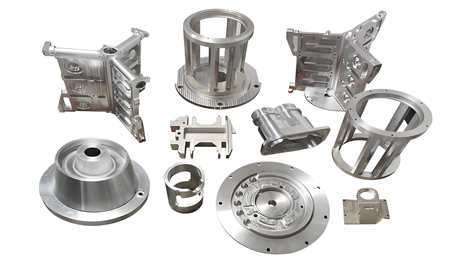
I. Working Principle
The CNC milling machine controls the tool’s movement trajectory and cutting parameters based on the pre-written machining program. These programs contain precise coordinate information, feed rate (for example, for aluminum alloys, the feed rate is usually between 100 – 500 mm/min), cutting depth (generally between 0.1 – 5 mm, depending on the material and tool), as well as the selection and rotational speed of the tool. Through the precise control of the numerical control system, the milling machine can achieve highly automated and repetitive machining operations.
II. Tool Selection
The appropriate tool is crucial for the quality and efficiency of CNC milling parts. Common types of milling cutters include end mills, ball end mills, face mills, etc. The materials of the tools usually include high-speed steel, carbide, and ceramics, and the selection depends on the properties of the processed material, processing requirements, and cutting conditions.
For example, for harder steel materials, carbide tools are usually selected, and the rotational speed can reach 1000 – 3000 rpm; while for softer aluminum alloys, the rotational speed may be between 3000 – 10000 rpm.
III. Material Applicability
CNC milling is suitable for a variety of materials, including metals (such as aluminum alloys, steel, copper, etc.), plastics, and composite materials. Different materials require corresponding adjustments of cutting parameters and tools to ensure good processing results and tool life.
Taking the processing of common aluminum alloy 6061 as an example, the cutting speed can be set at 150 – 300 m/min, and the cutting depth is 1 – 3 mm; while when processing No. 45 steel, the cutting speed may be 80 – 150 m/min, and the cutting depth is 0.5 – 2 mm.
IV. Precision and Surface Quality
CNC milling can achieve very high precision, and the tolerance can be controlled at the micron level, usually reaching ±0.01 – ±0.005 mm. At the same time, by optimizing the tool path and cutting parameters, an excellent surface finish can be obtained, and the roughness Ra value can be as low as 0.4 – 1.6 microns to meet various strict quality requirements.
V. Complex Shape Processing
The prominent advantage of this technology is its ability to machine complex three-dimensional shapes, cavities, contours, and surfaces. Whether it is precision parts in aerospace or complex cavities in mold manufacturing, CNC milling is competent.
VI. Process Advantages
Efficient Production
Compared to traditional milling methods, CNC milling greatly improves production efficiency, reducing processing time and labor costs. For example, traditional milling may take several hours to process a part, while CNC milling may only take tens of minutes under the same conditions.
Consistency and Reliability
Due to the precise control of the program, CNC milling parts have a high degree of consistency and reliability, ensuring the stable quality of each part. The reject rate can be controlled below 1%.
Design Flexibility
It can quickly respond to design changes without the need for complex tooling adjustments, adapting to the rapid changes in the market and continuous product innovation.
VII. Application Fields
Aerospace
Manufacturing high-precision and high-performance parts such as aircraft structural components and engine parts. In the aerospace field, the precision requirements of parts are usually within ±0.005 mm.
Automotive Industry
Producing key components such as automotive engine blocks, gearbox housings, and molds. The production of automotive parts usually requires large-scale and high-efficiency processing, and CNC milling can meet the annual production demand of hundreds of thousands of pieces.
Electronic Industry
Processing products with complex shapes and high-preiciency requirements such as mobile phone cases and computer components. The surface roughness requirements of electronic parts are often relatively high, and the Ra value may need to be below 0.8 microns.
Medical Devices
Manufacturing parts such as surgical instruments and prosthetic components that have extremely high requirements for precision and hygiene. The tolerance of medical device parts usually requires within ±0.01 mm.
CNC milling parts play a vital role in modern manufacturing, continuously promoting technological progress and product innovation in various industries. With the continuous development of technology, it is believed that CNC milling will show stronger potential and a wider application prospect in the future.

